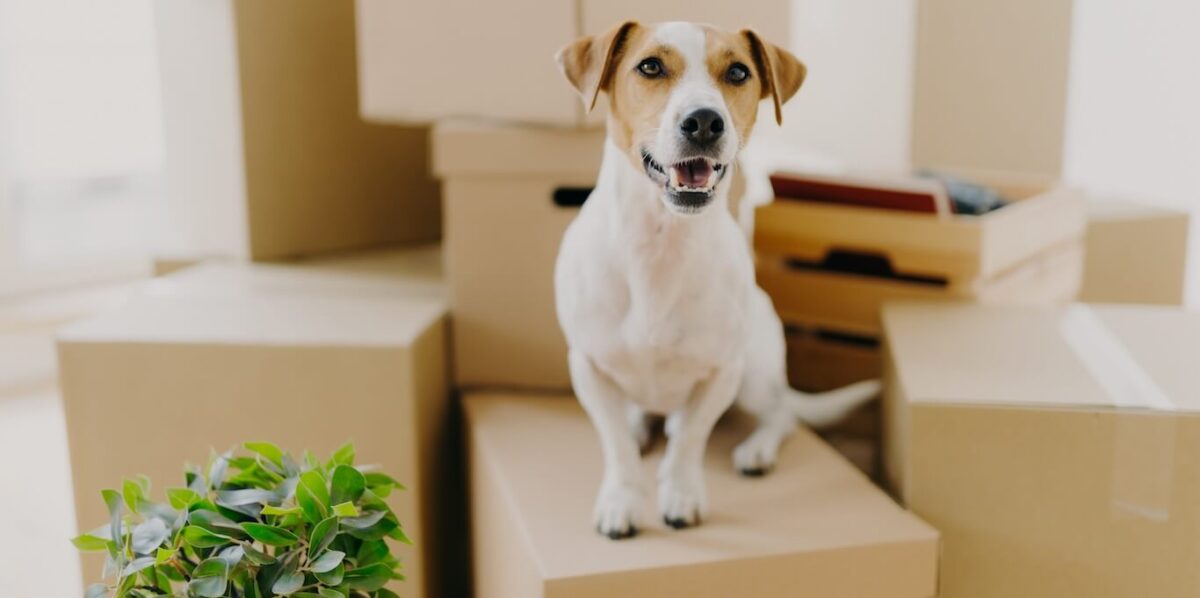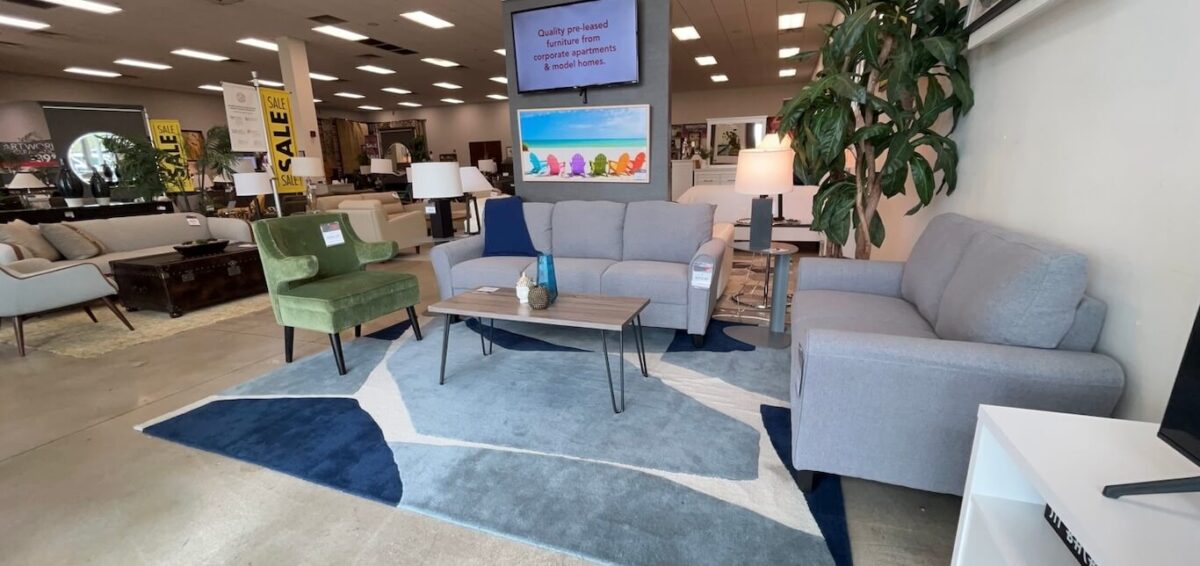Your home is more than four walls and a roof. It’s where you build your life and make memories. Despite our best emergency preparedness efforts, natural disasters happen — and they can turn your world upside down in an instant.
A wildfire, tornado, flood, hurricane, or earthquake can severely damage or destroy your home, leaving you on unsteady ground trying to determine next steps. Whether you’re waiting for repairs, rebuilding, or moving on, this guide can help you create a game plan following a natural disaster.
Pros and Cons of Rebuilding After a Natural Disaster
What happens if a tornado destroys your house? Or if a hurricane has left you with severe water damage? Some natural disasters may damage your home beyond repair, leading you to make an important decision: Do you rebuild or relocate?
Below are some of the pros and cons to consider.
Pro: Rebuilding tends to be less expensive than moving.
Whether moving or rebuilding, you have to consider your finances. Rebuilding your home is usually the less expensive option — especially if you own your home outright with no mortgage.
If you have the right coverage, you will hopefully receive a homeowners insurance payout to help with your rebuilding efforts. Contact your insurance company directly for accurate coverage information and advice.
If you choose to relocate, you first have to worry about the cost of repairs to get your home in sellable shape. Then, you need to go through the sales process, find or build a new home, and move. All that time, effort, and cost can add up.
Con: Your home may be vulnerable to future disasters.
If you live in a disaster-prone area, you may have to worry about future events. Do you want to risk dealing with a flooded home every few years?
In addition, your insurance company may drop you if they believe the risk is too high or if you file too many claims. We’ve seen it happen this year with insurance companies pulling out of Florida following recurring tropical storms.
On the flip side, rebuilding does provide an opportunity to build back stronger. A reliable, knowledgeable contractor may help rebuild your home so it’s more likely to withstand another storm or disaster.
Pro: You can stay near your support network.
Friends and family can help ease the mental and emotional strain of the natural disaster recovery process. Relocating means leaving your support network behind at a time when you need it more than ever.
However, if you don’t live in the same area as your family, you may consider relocating near them. You might want to have them to lean on during this distressing time.
Con: Your community may not fully recover.
Just because you choose to stay behind doesn’t mean everyone else will. Some natural disasters are devastating enough that local communities can’t recover. Local businesses may close, your neighbors might move away, and you could even find yourself without a job. If your community is moving on, it might be a sign that relocating is the better option for you, too.
Pro: You can maintain familiarity.
Sticking close to friends and family is important during stressful times, and so is maintaining any sense of familiarity you can. You already have enough to juggle between insurance claims, sorting through your belongings, and coming to terms with the traumatic event you’ve experienced.
68% of people live in or near the city they grew up in, making their surroundings the only thing they’ve ever known. Why add the stress of a move and a completely new city to your already overwhelmed mental and emotional load?
Con: You may have health concerns to consider.
Depending on the natural disaster and its lasting effects, you may have some health concerns to contend with. Certain disasters may lead to poor air quality, contaminated water supply and soil, and dangerous debris. If a disaster has led to unsafe conditions, moving may be best.
Where Do You Live After a Natural Disaster?
If you are waiting for repairs, rebuilding your home, or have been displaced from your apartment, you’ll need to find temporary housing, whether it’s for a few weeks or several months. You usually have three main options: a hotel, a short-term vacation rental, or a rental unit.
Hotel
You may be in a situation where you only need housing for a few weeks. For example, maybe you’ve been displaced from an apartment and are waiting for an available unit in a new community. In this scenario, a hotel might be a great option. If you have loss-of-use coverage, your renter’s insurance may help pay for the stay.
Hotel expenses can add up fast, though. A hotel might work well for a shorter stay, but you likely won’t want to use it for months.
Short-term vacation rental
When you need to find housing for multiple months, short-term vacation rentals are an option. On the plus side, many vacation rentals come fully furnished, including bedding, appliances, and kitchen tools. On the downside, you don’t have much choice in furniture style and arrangement, and you never really know how clean the furniture is. It can be difficult to feel fully relaxed when living in a stranger’s arrangements.
Another downside to furnished rentals is the cost. Like a hotel, the price of a vacation rental can quickly add up, and you may not have received enough from your insurance to cover the entire stay.
Renting a house or apartment
Whether you’re rebuilding a house after a fire or waiting for flood damage to be repaired, you can be displaced from your home for several months. If a vacation rental is too expensive or not homey enough, you can always opt for a traditional rental, like a house or an apartment.
With a traditional, unfurnished rental, you can fill the space with the furniture you want and configure it to meet your needs. That spare bedroom can be a playroom for the kids or an office for working from home. Plus, with furniture rental companies like CORT, you can rest easy knowing your furniture has been thoroughly cleaned and sanitized prior to delivery. You can call your insurer to check if they help cover furniture rental.
How to Feel at Home Between Homes
When waiting between homes, it can be difficult to feel, well, at home. Here are some tips to help you feel more comfortable in temporary housing.
Fill your home with furniture that feels like you.
When furnishing your home after a disaster, you want to create a space you enjoy being in. Place a cozy couch in the living room for relaxing and watching television, comfortable linens in the bedroom for a good night’s sleep, and an ergonomic desk chair in the office for productive work. The more comfortable and safe you feel in your space, the more you’ll feel at home.
Bring any mementos you have.
Depending on the damage done to your home, you may have some mementos still in good condition. Family photos, awards, knickknacks, and heirlooms can help you feel at peace in your temporary home.
Don’t forget feel-good decor.
Don’t just stick to the basics when furnishing your home. Include decor that will raise your spirits. Colorful wall art, soft blankets, plush throw pillows, stuffed animals, cozy rugs, and plants (real or faux) can all brighten your home and improve your experience.
Fully unpack.
If you evacuated, you likely have suitcases full of clothes and necessities. You may also have boxes of belongings you were able to save from your home before renovations began. Don’t leave your items packed away. Living out of boxes or suitcases for months can prevent you from achieving that at-home feeling.
Remember, it’s temporary.
It can be hard to feel happy in your current housing while waiting for your “real” home to be rebuilt. Sometimes, you just need a mindset shift to help.
Your temporary housing is just your home for now, and you won’t be in this situation forever. One day, you will move back into your permanent home and settle in for however many years you want. You’ll be surrounded by your own furniture, decor, and belongings again. You’ll have the freedom to change whatever you want — whether that’s painting the walls a playful color, changing the light fixtures, or installing floor-to-ceiling bookshelves. You’re just in a transition period that has a definite end date.
With visions of the future in mind, you can take some of the pressure off and make the most of your current home.
CORT Is Here to Help Your Transition Between Homes
Natural disasters can uproot your entire life, leaving you feeling disoriented and anchorless. It can be made worse by impersonal hotel stays and apartments furnished with other people’s belongings. No matter where you’re at in your rebuild process, renting furniture from CORT can help you get back to a sense of normalcy.
With CORT Furniture Rental, you can stretch your insurance payouts further and go back to feeling at home. Customize furniture rental packages to fit your family’s needs, covering everything from large pieces like sofas to daily necessities such as silverware. Build your package in-store or online today, and gain back a piece of home.







